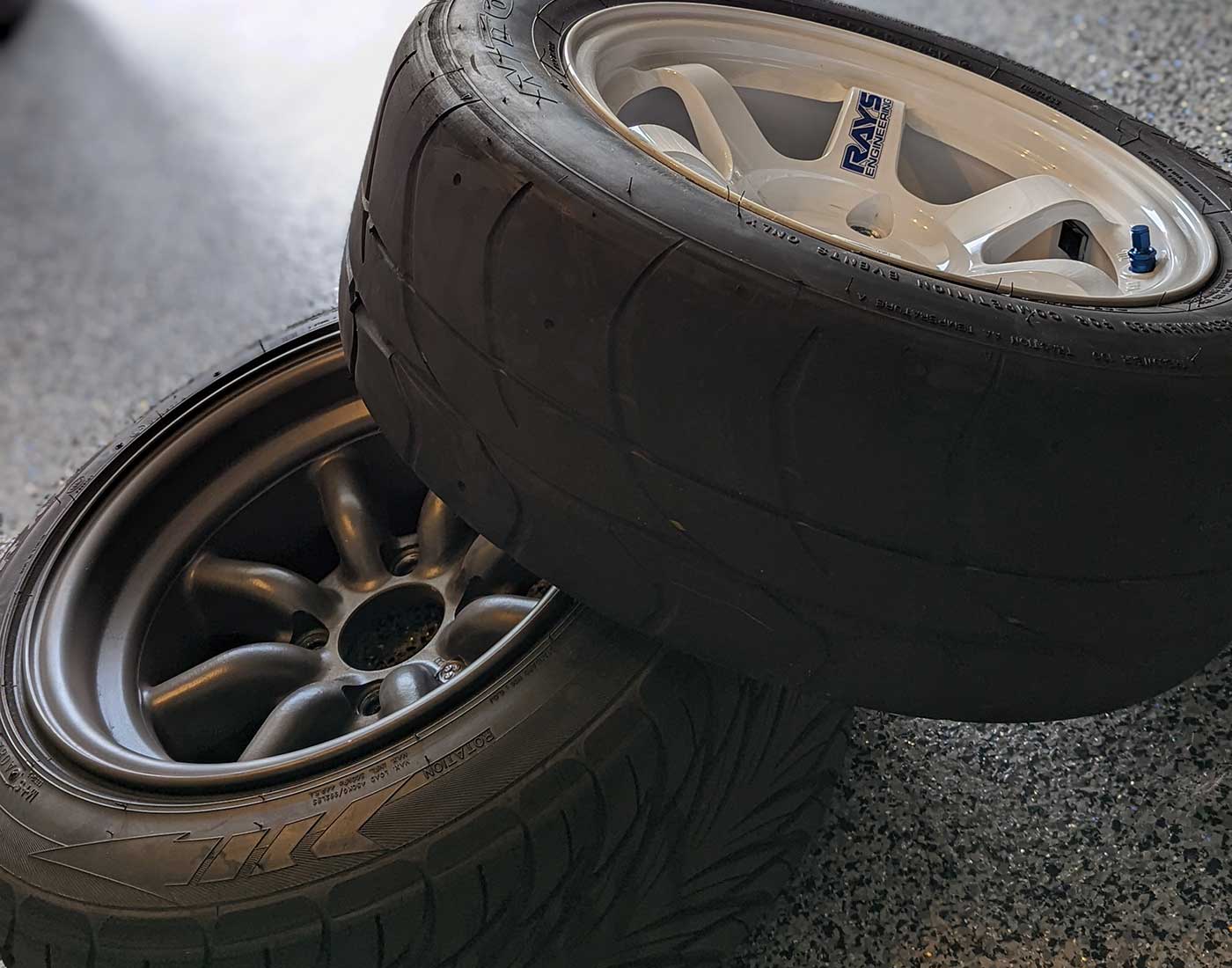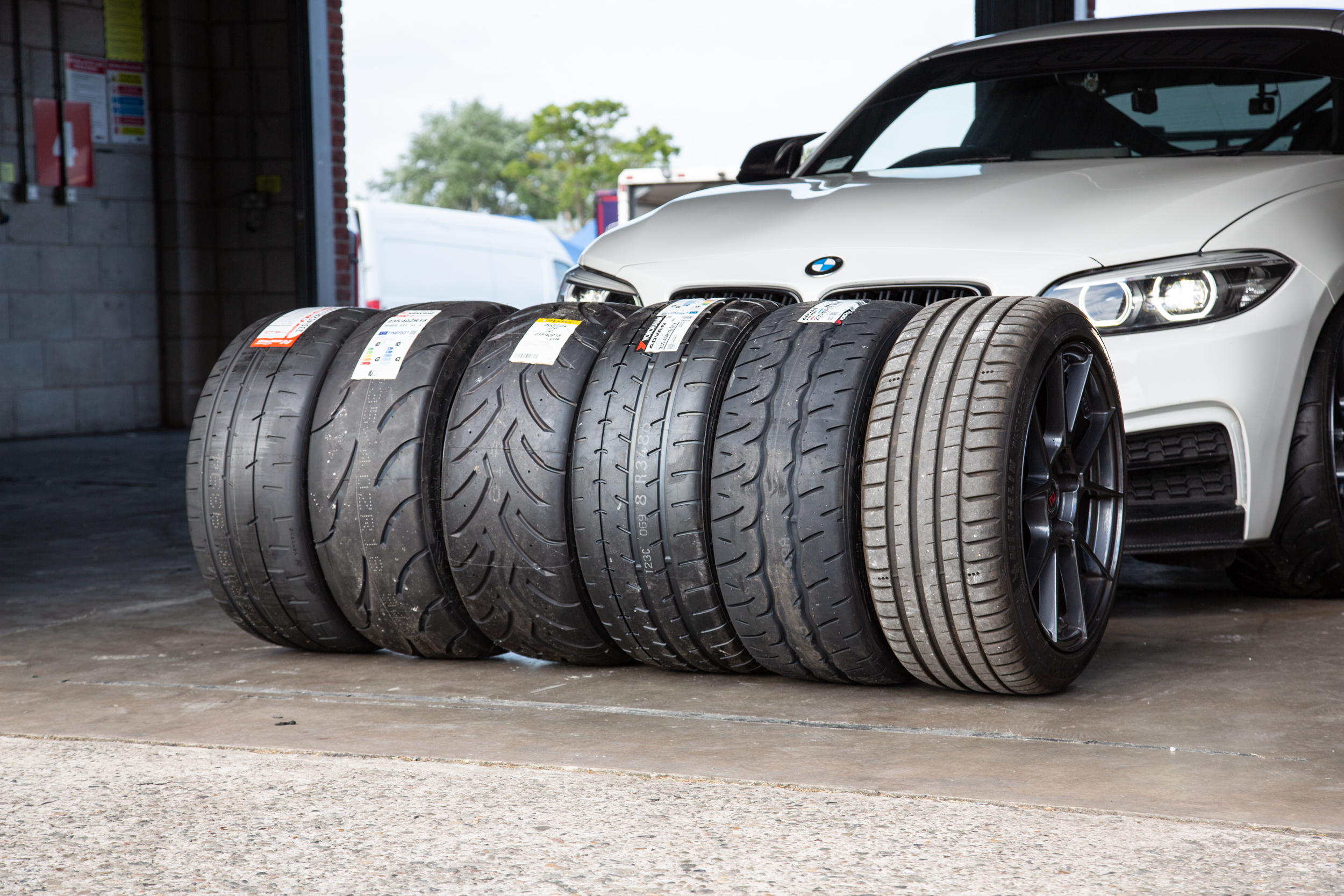All Categories
Featured
Table of Contents
I had the ability to get 100 hours out of one of these tires, and while it had definitely no tire lugs left on it, the soft substance made it work extremely wellas long as I was utilizing a soft mousse. Kitt Stringer picture Easy placing - 3Wear - 3Sidewall toughness - 3Performance on roots - 4Performance on wet rocks - 2Traction on dirt - 5Cornering ability - 4Traction while stopping - 4Self-clearing of dust and mud - 3Performance in mud - 3Overall predictability or tracking - 3 _ 37 Verdict: This is a good all-around tire with great value for money.
The wear corresponded and I like how lengthy it lasted and exactly how consistent the feeling was throughout usage. This would likewise be an excellent tire for faster races as the lug size and spacing little bit in well on fast terrain. Kitt Stringer picture Easy installing - 3Wear - 3Sidewall strength - 3Performance on origins - 4Performance on damp rocks - 4Traction on dirt - 4Cornering capability - 4Traction while stopping - 5Self-clearing of dust and mud - 4Performance in mud - 4Overall predictability or tracking - 4_42 Conclusion: I liked this tire a lot.
If I needed to get a tire for tough enduro, this would be in my leading selection. Easy placing - 3Wear - 3Sidewall stamina - 3Performance on roots - 4Performance on damp rocks - 3Traction on dust - 4Cornering ability - 3Traction while braking - 3Self-clearing of dirt and mud - 4Performance in mud - 4Overall predictability or monitoring - 3 _ 34 Conclusion: This tire was very soft and pliable.
All the gummy tires I evaluated carried out relatively close for the very first 10 hours approximately, with the victors going to the softer tires that had far better grip on rocks (Discount car tyres). Purchasing a gummy tire will absolutely give you a solid advantage over a routine soft substance tire, however you do pay for that benefit with quicker wear
Best Tyre Shop Services Near Me
Best value for the biker who wants respectable performance while obtaining a fair amount of life. Best hook-up in the dirt. This is a perfect tire for springtime and autumn conditions where the dust is soft with some moisture still in it. These proven race tires are terrific around, but put on promptly.
My general winner for a difficult enduro tire. If I had to invest cash on a tire for everyday training and riding, I would certainly pick this.
All-season Tyres Near Me
I've been running a set of Michelin Power Pilot 2CT's on my track Daytona 675 for the past year. Because time I have done 15 track days in all weathers from chilly damp to super hot and these tyres have never ever missed a beat. Cheap tyres. I've done almost 2,000 miles (3,200 km) on them and as you can see from this shot of the front taken after first session of my 15th track day on them, they still have quite a great deal of rubber left on them
Basically the 2CT is a remarkable track day tire. If you're the type of rider that is most likely to come across both damp and completely dry conditions and is starting on the right track days as I was last year, after that I assume you'll be hard pressed to locate a far better worth for money and competent tire than the 2CT; a pair of which will certainly establish you back around 185 (US$ 300) in the UK.
Thinking of a far better all rounded road/track tyre than the 2CT must have been a difficult task for Michelin. The result of that initiative is the Michelin Pilot Power 3 which basically replaces the Pure. Do not confuse this brand-new tyre with the road going Pilot Road 3 which is not created for track use (although some cyclists do).
They inspire big confidence and offer incredible grip levels in either the damp or the completely dry. When the Pilot Power 3 introduced, Michelin suggested it as a 50:50% road: track tyre. That message has lately changed due to the fact that the tyres are now recommended as 85:15% roadway: track usage instead. All the motorcyclist reports that I have actually read for the tyre price it as a much better tire than the 2CT in all areas however specifically in the wet.
Leading Tyre Upgrades
Technically there are many differences between both tires despite the fact that both use a dual substance. Aesthetically you can see that the 2CT has fewer grooves reduced right into the tyre however that the grooves go to the edge of the tire. The Pilot Power 3 has more grooves for far better water dispersal yet these grooves do not reach the shoulder of the tyre.
One facet of the Pilot Power 3 which is different to the 2CT is the new 2CT+ modern technology which expands the harder middle section under the softer shoulders (on the rear tyre). This must offer more security and decrease any "squirm" when accelerating out of edges despite the lighter weight and even more versatile nature of this brand-new tire.

I was slightly uncertain regarding these lower stress, it turned out that they were fine and the tyres carried out really well on track, and the rubber looked better for it at the end of the day. Just as a factor of reference, various other (quick group) motorcyclists running Metzeler Racetecs were making use of tyre pressures around 22-24 psi for the back and 24-27 psi on the front.
Developing a better all round road/track tyre than the 2CT should have been a tough job for Michelin. The result of that initiative is the Michelin Pilot Power 3 which essentially replaces the Pure. Don't confuse this new tire with the roadway going Pilot Road 3 which is not made for track use (although some bikers do).
Leading Long-lasting Tyres ( Swan 6090 WA)
When the Pilot Power 3 launched, Michelin advised it as a 50:50% road: track tyre. All the motorcyclist reports that I've reviewed for the tyre rate it as a much better tire than the 2CT in all areas but especially in the damp.

Technically there are several distinctions in between the two tires also though both make use of a twin compound. Visually you can see that the 2CT has fewer grooves reduced right into the tyre but that the grooves run to the edge of the tire. The Pilot Power 3 has even more grooves for far better water dispersal yet these grooves don't get to the shoulder of the tire.
One element of the Pilot Power 3 which is different to the 2CT is the new 2CT+ technology which prolongs the harder center area under the softer shoulders (on the rear tyre). This ought to give a lot more stability and reduce any "wriggle" when speeding up out of edges regardless of the lighter weight and more versatile nature of this new tyre.
Although I was slightly suspicious concerning these reduced pressures, it transformed out that they were great and the tyres executed truly well on course, and the rubber looked better for it at the end of the day. Equally as a factor of reference, other (rapid team) cyclists running Metzeler Racetecs were utilizing tyre pressures around 22-24 psi for the back and 24-27 psi on the front
Latest Posts
Top Tyre Balancing Near Me
Top Long-lasting Tyres
Reliable Tyre Sales – Dayton 6055 WA